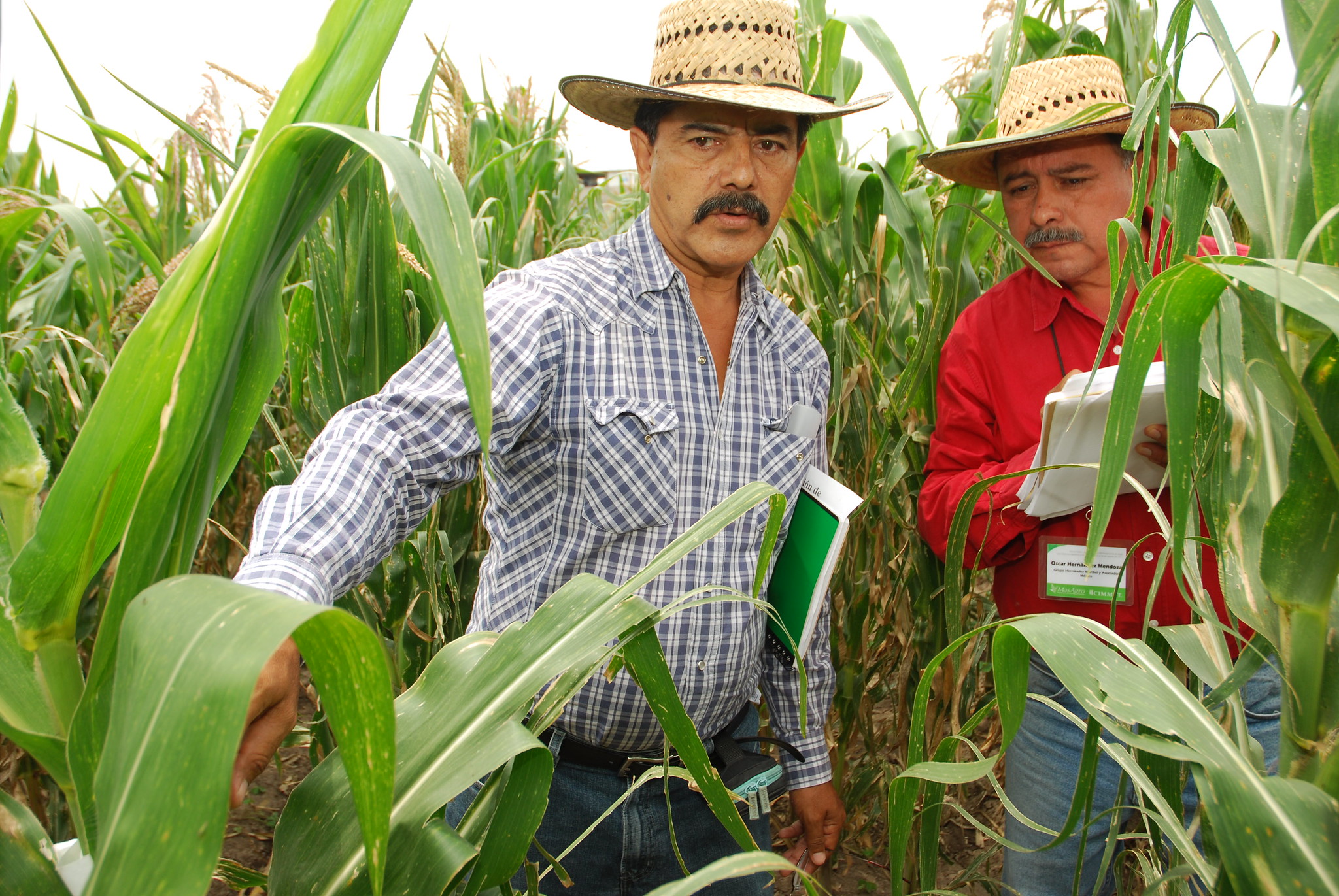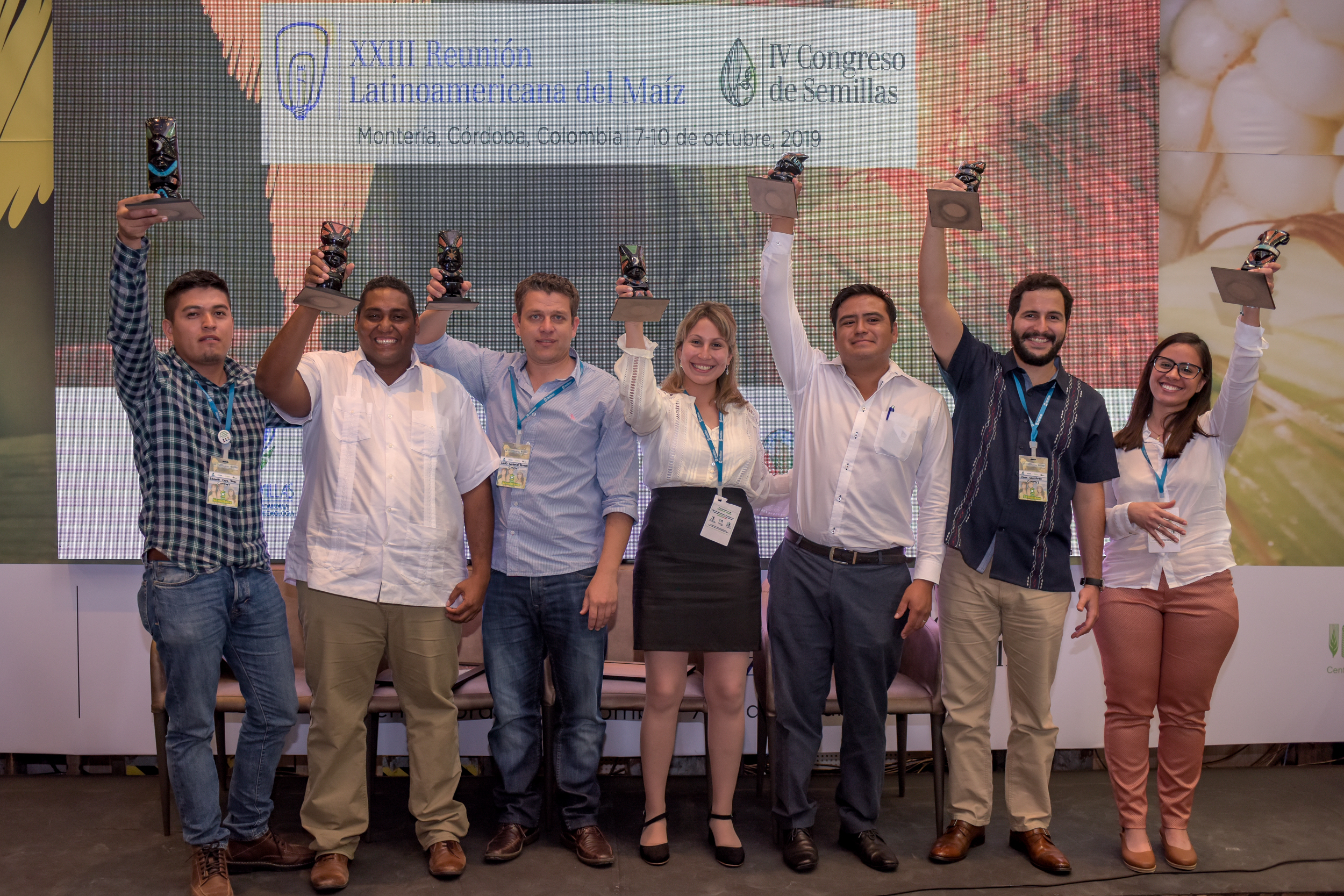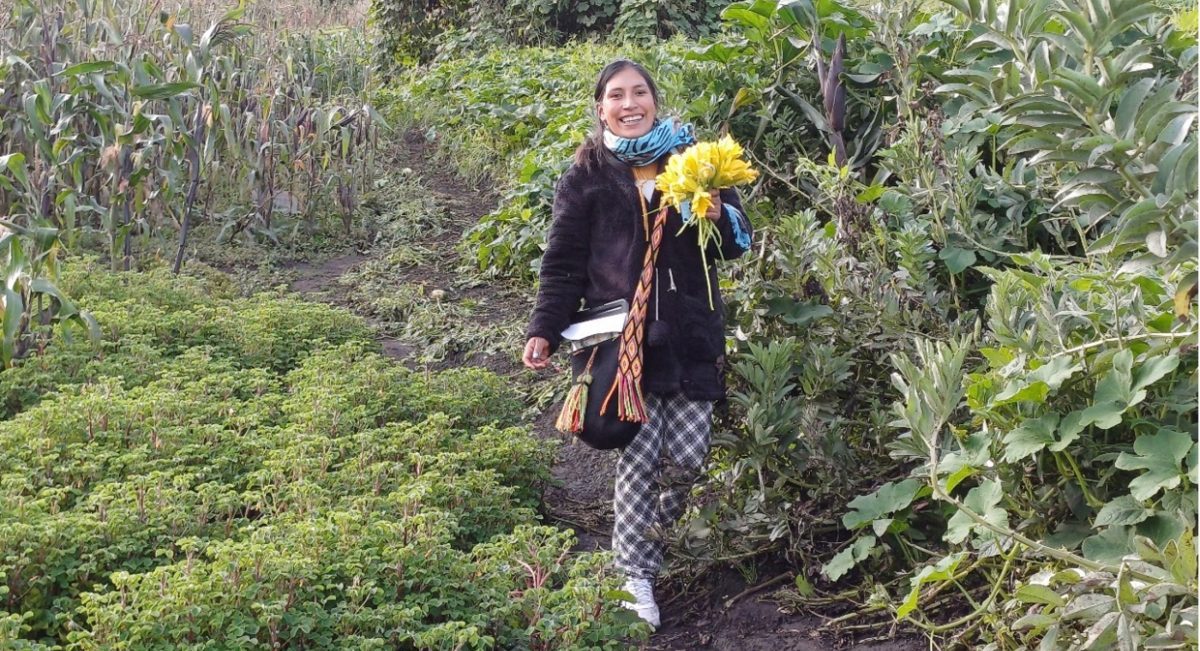
In the mountains of Nariño and the Cauca Valley, Colombia—as in many other rural regions of Latin America—farming systems are usually family-operated and divided by gender. Women’s and men’s roles are separate and differ in terms of expertise, involvement, and decision-making.
Roles traditionally assigned to women often limit their capacity to bring about changes in agriculture. “Food preparation, house cleaning, family care, and especially childcare, limit their ability to participate in agricultural training”, says a team of CIMMYT specialists who recently carried out a series of participatory diagnostics in these regions of Colombia.
Participatory diagnostics are designed to document and understand farmers’ perspectives on native maize conservation and the desertion of rural regions in order to jointly develop conservation strategies for these regions. However, CIMMYT specialists noted that women farmers struggle to participate and learn when they are burdened with childcare.
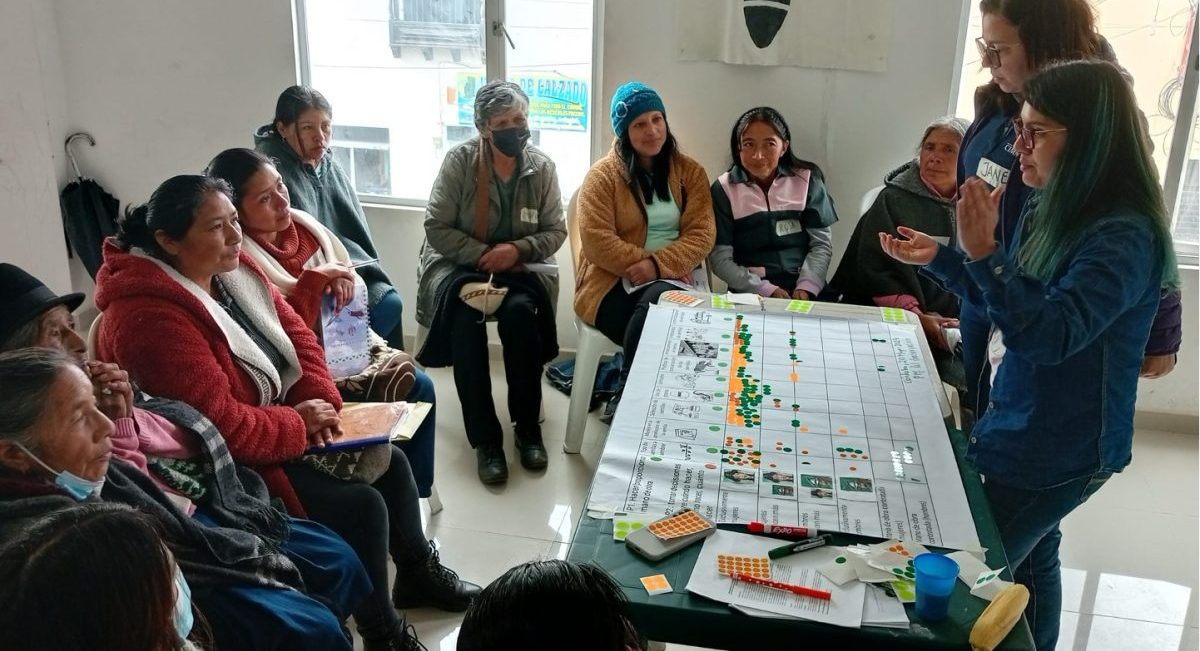
“Even when women try hard to attend events, they cannot fully take in the new information because they are busy tending to their children.” In response, the event organizers came up with a novel solution: providing childcare during workshops. “So, mothers can focus on what they are doing during workshops, children partake in organized games and exploratory and artistic activities in a safe space where their mothers can see them.”
During a recent diagnostic “several activities were planned, like board games—CIMMYT developed memory and bingo games, as well as snake and ladder board games on principle maize practices and pests—and some art projects allowing the children to talk about how they interact with the land and what it means to them. At the end, they displayed their work about what they learn with their mothers and family in the tulpa (fire pit) or chagra,” the specialists explain.
“These types of activities are important and enriching for the children because they replace day-to-day cellphone play with recreational games about agriculture. So, it seems that we should make sure that the local children know about these types of events,” expressed the attendees. They also reflected on how this type of inclusion helps strategies addressing generational replacement, particularly in places like Nariño, where the number of young people in the fields is notably decreasing.
With this in mind, including young people in program development and design is key to “ensuring a future rural population, given that they introduce the community to new, fresher ideas and visions,” says Don José, a farmer from Córdoba, Nariño, making note of how the Herederos del Planeta Los Tucanes represents a victory. It is a space where girls, boys, and young people can use their voices to influence issues related to natural reserves, their education, and the preservation of native seeds.
This is how the children—who originally could only hope to be expected to sit silently or play on their phones— became an important part of the participatory processes in Nariño. And now, with this support, women from rural communities, don’t just have the opportunity to expand their knowledge. They can also make positive contributions to household decisions and phytogenetic resource conservation.

“Yes ma’am, the children’s space was the best because that way we were able to focus on the topics,” reported a woman in Cumbal. This is an example of how an agricultural extension strategy requires us to identify the preferences, interests, and incentives of men and women in relation to their gender roles in order to create environments that facilitate the development of sustainable agricultural technologies and practices. We must understand that the work women farmers perform both in the fields and within the household are inextricable from each other.
These types of strategies are crucial for combatting the environmental and food crisis because small-scale farmers implement sustainable agrifood systems and promote agrobiodiversity conservation. We find the resources essential for agrifood security in their milpas, orchards, backyards, and chagras—in Mexico and Colombia—where they handle, use, and preserve native crops and determine the selection of improved climate-resilient varieties.
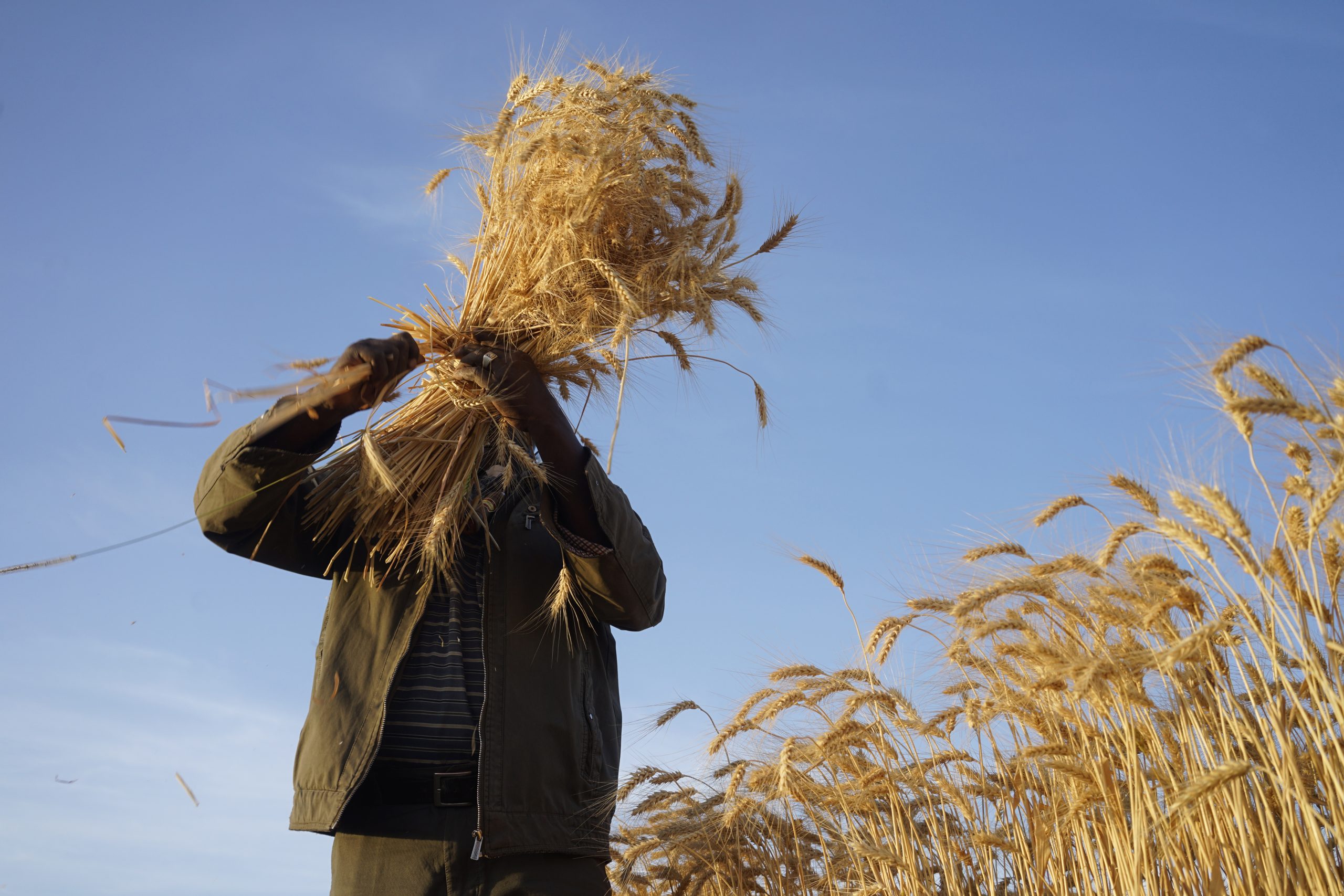
 Climate adaptation and mitigation
Climate adaptation and mitigation 